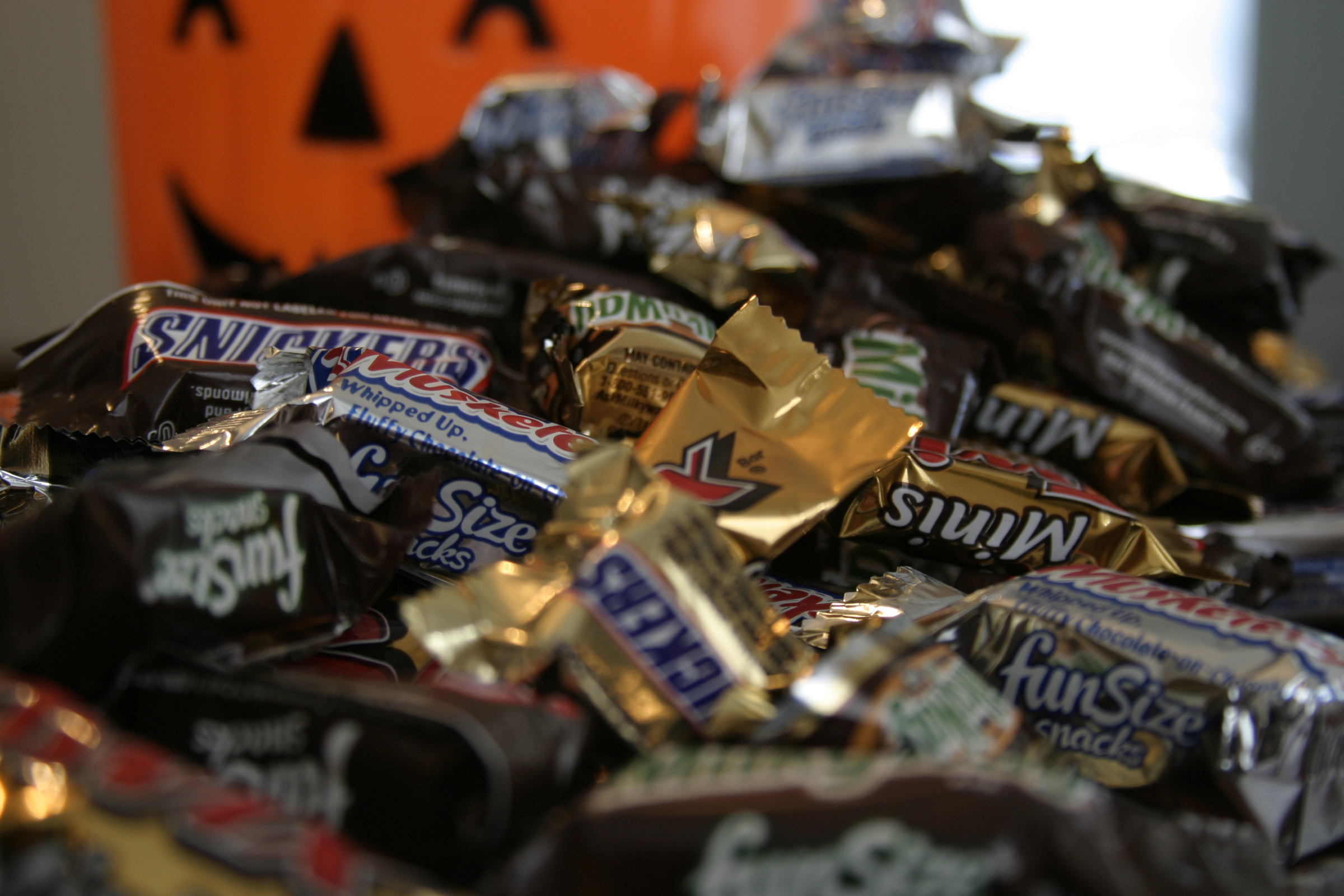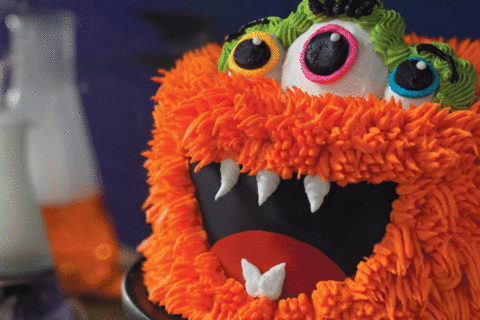WASHINGTON — Halloween is around the corner, which means so is your kids’ long-awaited candy haul. But, with some preparation and candy-alternatives, your kids’ sugar high doesn’t have to be the scariest thing this Halloween season.
Sally Squires, who writes the Lean Plate Club™ blog, says adults who want to pass out something other than candy — but still keep with the Halloween fun — should consider themed toys. And for parents hoping to keep their kids from over-indulging on Halloween treats, setting up ground rules before trick-or-treating or classroom parties could go a long way.
“Halloween kicks off another two months of holiday celebrations,” Squires said. “In a month it’s going to be Thanksgiving, and then we’re into the Christmas season. There are going to be plenty of opportunities to get all kinds of sweet treats, so controlling Halloween now is a good thing.”
Squires said studies show kids are just as willing to grab toys while trick-or-treating as they are to choose candy.
Researchers at the Rudd Center offered nearly 300 trick-or-treaters, ages three to 14, in five Connecticut towns either a piece of candy or a toy of the same size. The toys included stretch pumpkin figures, glow-in-the-dark insects, theme stickers and Halloween pencils.
Unprompted, about half of the kids chose candy.
“I mean, what kid doesn’t like those, right?” Squires said.
For those wary of not handing out candy, Squires says toy alternatives are also being used to encourage kids to eat healthier in general.
Researchers at the University of Arizona looked at 109 school kids and found that adding a small toy to healthier lunches prompted the kids to go for the meal that was lower in calories and more nutritious.
Event organizers in the D.C. area, such as Boo at Zoo, are already including toys in their trick-or-treat arsenal.
“I just went to Boo at the Zoo which is so much fun and found that a number of the stations were actually doing some of this: They were giving out glow in the dark wrist bands and sometimes they had pencils,” Squires said. “So there was a lot of candy, of course, but I think this is something that parents could think about doing.”
When it comes to controlling how much your kids eat, Squires suggest laying down ground rules before the celebrations begin.
“You don’t want to be negotiating this in the heat of the moment, particularly while you’re out trick-or-treating. So it’s really important to sit down and have that discussion,” Squires said. ” … obviously nobody wants kids not to have candy at Halloween, but I think if you agree on whatever the parameters are — maybe it’s you get three pieces, or you get one piece of chocolate and one lollipop and one whatever — but you just set those rules ahead of time.”
Squires said setting up these rules not only helps your child control their candy-intake this holiday season, but could also teach them valuable lessons in the long-run.
“This is a great way to help kids understand that candy is a wonderful treat but it’s not an everyday food and also it helps them learn impulse control and to realize that they’ve got to think ahead and plan a little bit for what they’re going to eat,” Squires said.
As for what parents should do with their leftover Halloween candy?
“My favorite is to put the candy in a plastic bag, stick it way back in the freezer, take it out from time to time and give it as a reward,” Squires said.







